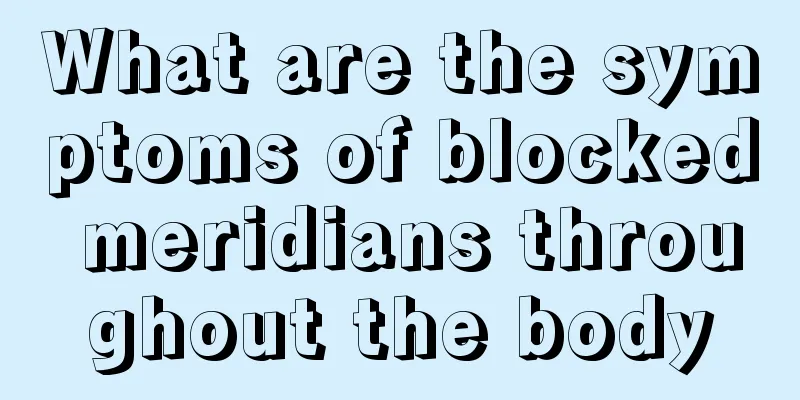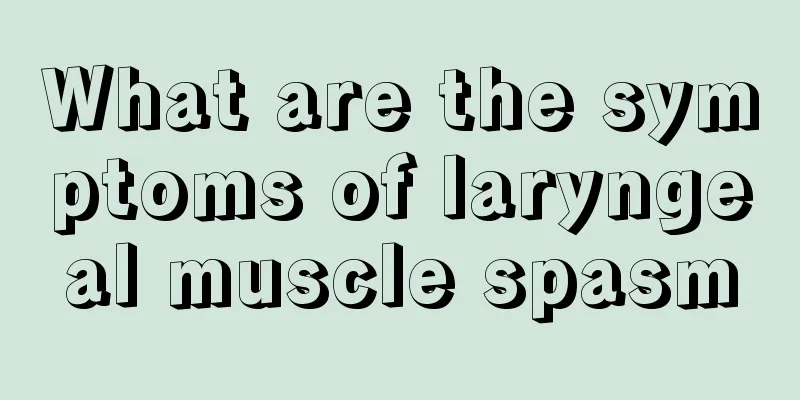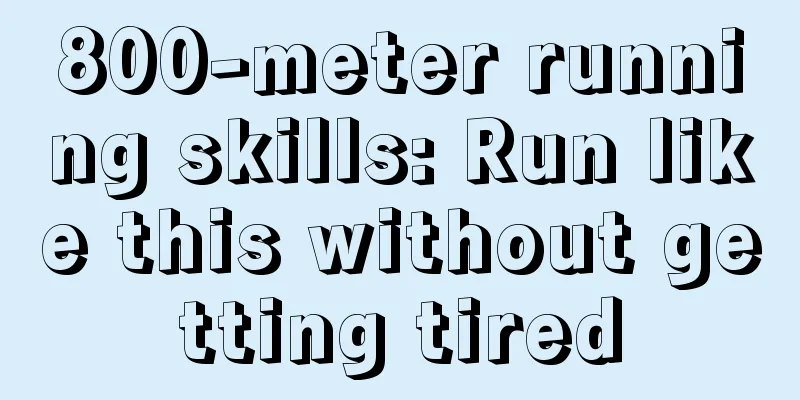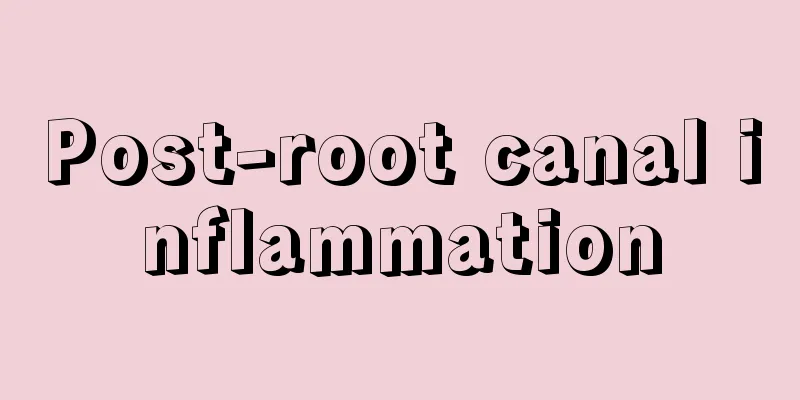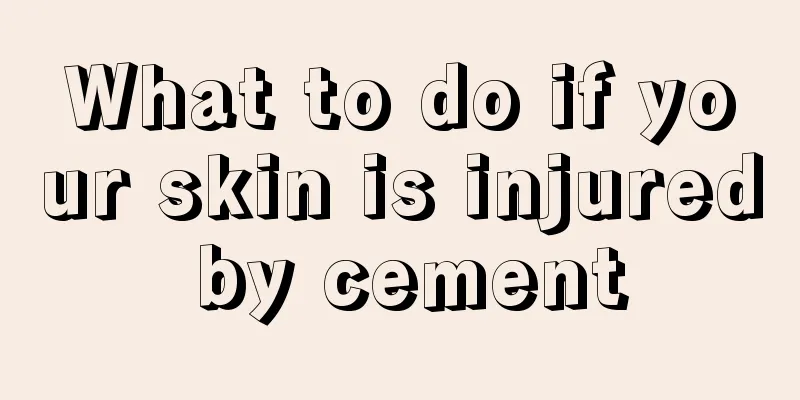How to treat heel strain
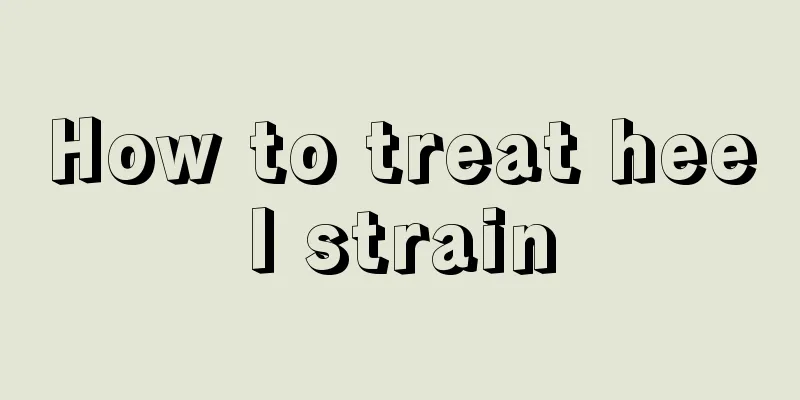
|
When you experience pain in a certain part of your body, you must make sure whether it is a soft tissue contusion or a ligament strain, because these are two completely different concepts. Judging from the big data, the parts of the body that people usually strain are ankles, wrists, etc. Heel strains are rare, but they do exist. Heel strains are also extremely painful. The following is a detailed explanation of the treatment methods for heel strains. Heel ligament sprain is generally a common soft tissue injury. Pay attention to observe whether there are any obvious abnormalities in the flexion and extension of the ankle joint. If you cannot actively move backward, you need to pay attention to problems such as Achilles tendon rupture. You can have a face-to-face consultation with an orthopedic surgeon for a preliminary diagnosis. If it is a simple ligament sprain, you can spray the local area with an aerosol for swelling and pain, or use a plaster such as a pain-relieving plaster for treatment. Temporarily reduce movement, avoid strenuous exercise, and long-distance walking. Minor strains generally take one to two weeks to recover. What to do if your heel is injured Heel pain is a disease caused by lesions in the bones, joints, bursae, fascia, etc. of the heel. The most common is plantar fasciitis, which often occurs in people who stand or walk for long periods of time. It is caused by long-term, chronic minor injuries and is manifested by the rupture and repair process of the plantar fascia fibers, bone hyperplasia and tenderness at the fascia attachment on the inner side of the calcaneus, and lateral X-rays showing calcaneal spurs. However, bone spurs do not necessarily cause heel pain, and plantar fasciitis does not necessarily cause bone spurs. Heel pads are effective. Inject prednisolone acetate into the tender spot once a week, and it will usually be cured after 2 to 3 times. Heel pain that has not been cured for a long time can be treated with calcaneal anvil decompression surgery. Heel pain is common in the elderly. The elasticity of the heel pad decreases and there is tenderness under the entire heel. Sponge heel pads and occlusive therapy are effective. Posterior calcaneal bursitis often occurs between the Achilles tendon and the skin, caused by friction injury, and manifests as fluid accumulation in the bursa, swelling and tenderness. Avoiding friction and injecting prednisolone acetate into the cyst are effective. Osteochondrosis of the calcaneal epiphysis occurs in boys around 9 years old, causing pain and local tenderness when the Achilles tendon is exerted. After the epiphysis heals, the symptoms resolve spontaneously. Subtalar arthritis often occurs after calcaneal fracture. If conservative treatment is ineffective, calcaneoarthrodesis should be performed. The above is my summary of what to do if you have a heel injury. Everyone has different reasons, so the degree of heel injury is also different. No matter what, there must be a certain reason for heel injury. Only by knowing the reason can we treat it faster and get healthier faster. |
<<: How long does it take for a sprained hand ligament to heal?
>>: Can belly button poop be dug out
Recommend
Will you definitely die if you get skin cancer?
Will you die if you get skin cancer? Skin cancer ...
How long can you live with liver cancer
Liver cancer is a common malignant tumor of the d...
How to prevent bladder cancer in daily life?
Bladder cancer is a malignant tumor of the urinar...
What are the dangers of using a pad
There are many things to pay attention to when wo...
Symptoms of advanced prostate cancer
Prostate cancer is a common malignant tumor of th...
What are the benefits of drinking Kuding tea
Drinking Kuding tea actually has very high medici...
Can normal saline be used to treat sinusitis?
I believe that everyone has put a lot of effort a...
Can radiation protection clothing be washed?
Anti-radiation clothing is also called electromag...
TCM Syndrome Differentiation and Treatment of Pancreatic Cancer
Pancreatic cancer is often classified as "ac...
Is pituitary tumor hereditary?
The brain is a very important part of human body ...
What should I do if a mole breaks?
Moles are a condition in which there is an excess...
Is it okay to wear socks to sleep?
Many people are prone to cold hands and feet, esp...
What are the symptoms of spring catarrhal conjunctivitis
The eyes are one of the most vulnerable and most ...
What is the function of the parietal lobe
Because the human brain controls many parts of th...
Corn Allergy Symptoms
Many people with allergies have different allerge...

